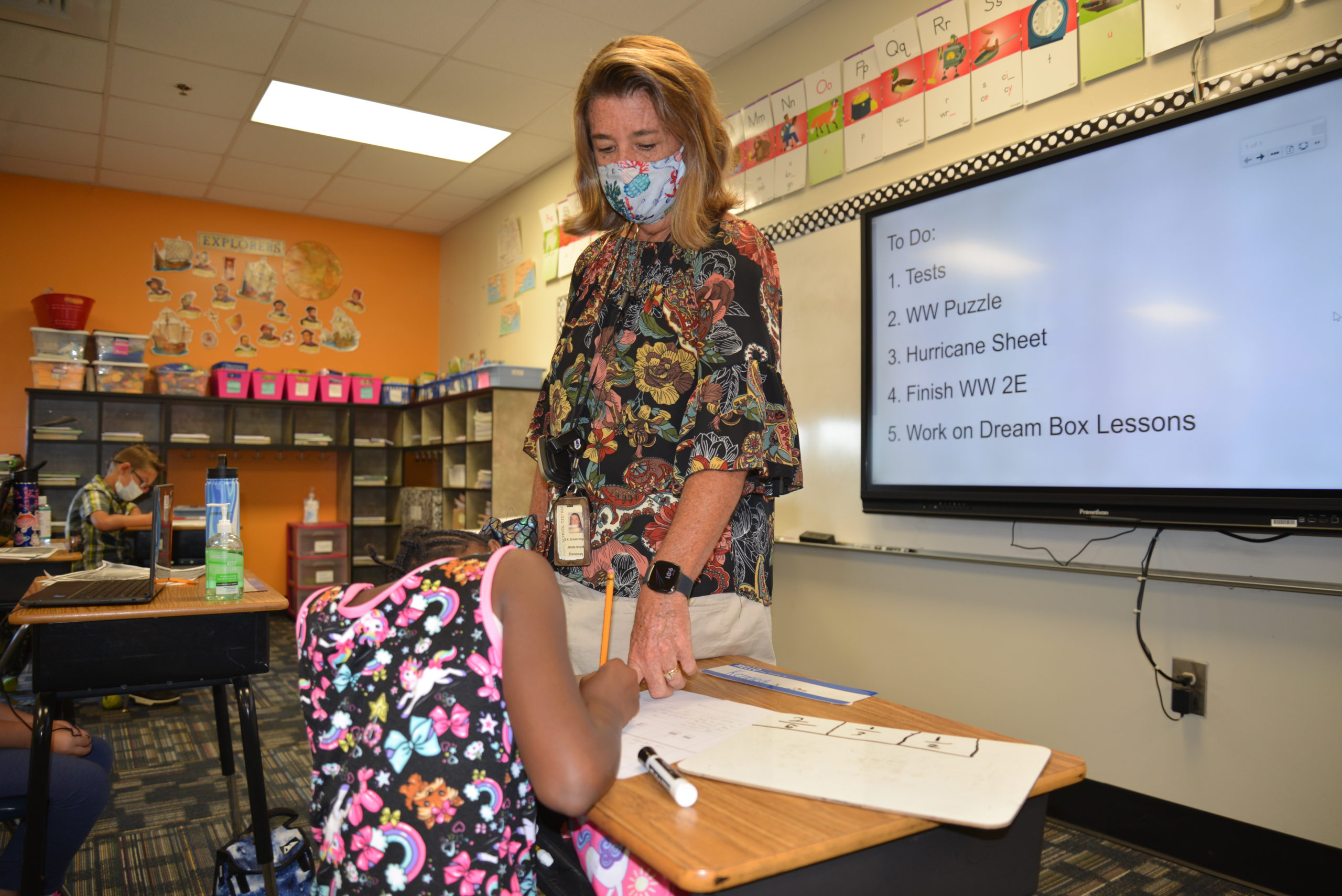Engaged students believe they belong
Take a moment to recall a favorite learning space. Can you remember what characteristics made the space feel special? Was it already designed, or did you get to set up the space and decide how you wanted it to look?
It can seem as though a learning space that is already designed, decorated, and determined before a learner walks in would be comforting — and it may be for some. But for others, it can send unintended messages about power imbalance, ownership, decision-making, relationship building, classroom culture, how students are allowed to show up in the space, and a variety of other possible negative first impressions and feelings. These messages are unintended consequences of an educator who is trying to create a warm, welcoming space where learners can authentically grow and learn.

Promoting engagement in a learning space
By co-designing a learning space with students, a strong foundation for engagement can be built, fostering a sense of belonging and equity by empowering student voice and choice. The result is a collaboratively designed environment that’s based on the needs of everyone who will use the space. They can then reflect on and cooperatively make changes to the design.
The most common reaction to this idea is a metaphorical “throwing up of hands” by educators who assume that co-designing with students means they’ll have to hand over all classroom management and control. That’s not the case. While this process isn’t always easy, it is the only way for each learner to truly know they belong.
A scaffolding strategy simplifies the process
One way to help this process run smoothly for both educators and learners is to use a scaffolded approach, much like a teacher would with the Gradual Release of Responsibility Model when introducing new information or skills.
It creates a culture of respect, community, support, and authenticity — a space to belong.
Design influence put into action
To better understand how the Choice, Contribution, and Co-design levels function, let’s look at a few examples in a K–1 classroom. How might students influence the space at each of the three levels?
- The choice level
At this level of influence, students choose from pre-existing options. For example, the teacher might create several seating areas within the classroom and allow individual students to choose where they want to sit each day. - The contribution level
Contribution gives students the opportunity to generate ideas and see them implemented. Teachers can lead a brainstorm to solicit suggestions from the class, then put the most popular into practice. For example, if the teacher is planning a bulletin board, the class can vote on the theme - The co-design level
Like the contribution level, this starts with brainstorming. The difference? The questions are more open-ended, students have more ownership over implementing their ideas, and they reflect on and change the design over time. For an in-classroom play area, the teacher might ask students to bring items and experiences from home to add realism and individuality.
How exactly you use these levels depends on how much time you have, what kind of space you’re designing, and how old your students are. Some decisions shouldn’t be made collaboratively at all, while others require some parameters from the adults involved. Educators can expect to have to teach some of the skills outlined above and to facilitate until students are more confident designing independently. It’s all a part of the collaborative design process!

Co-design empowers learners and educators
When educators co-design learning spaces with students by intentionally engaging them, welcoming them to influence the setup, and encouraging adjustments and enhancements while using the space, the benefits are numerous. It creates a culture of respect, community, support, and authenticity — a space to belong.
Our learners and educators deserve nothing less.
by Sara Florin
Ready to learn more? Visit Demco to maximize the potential of your Pre-K-12 spaces!






